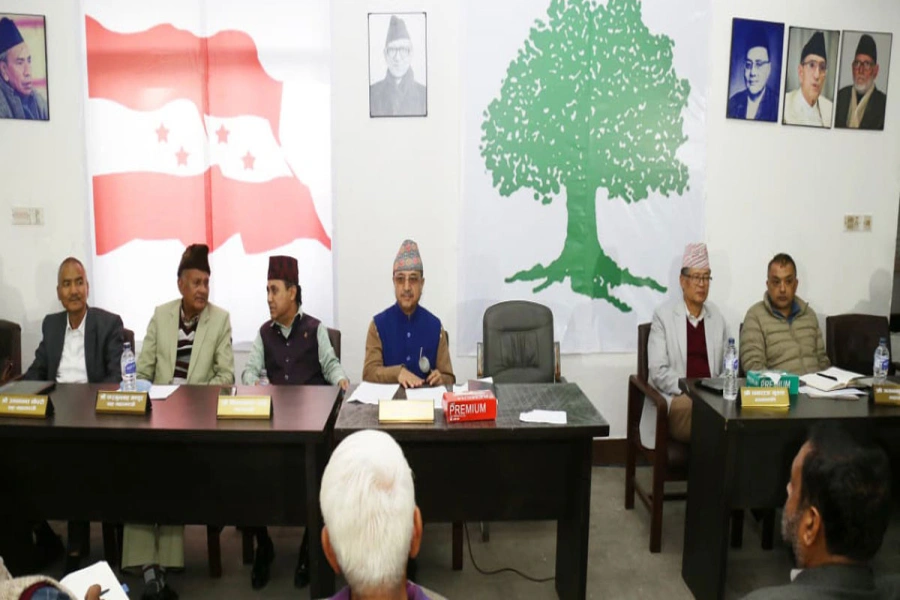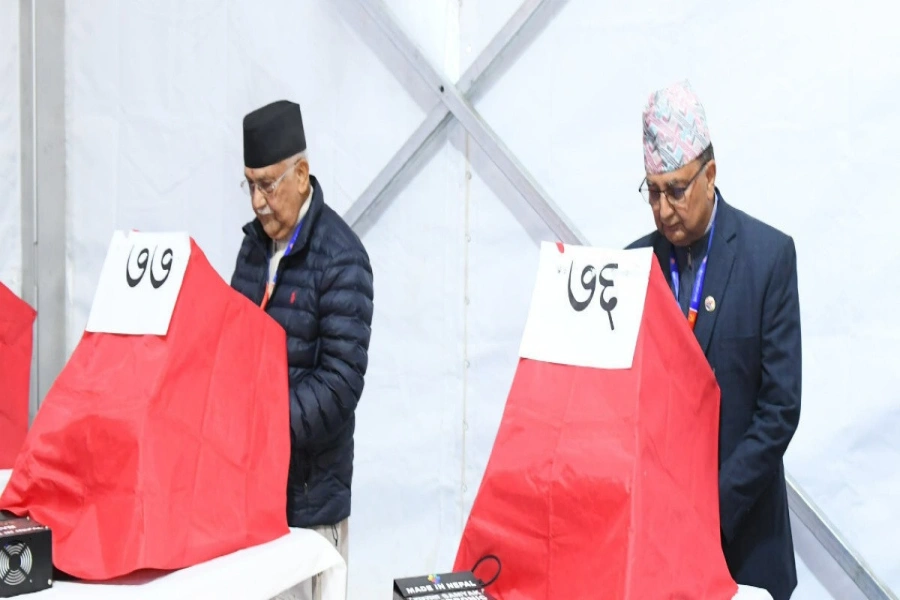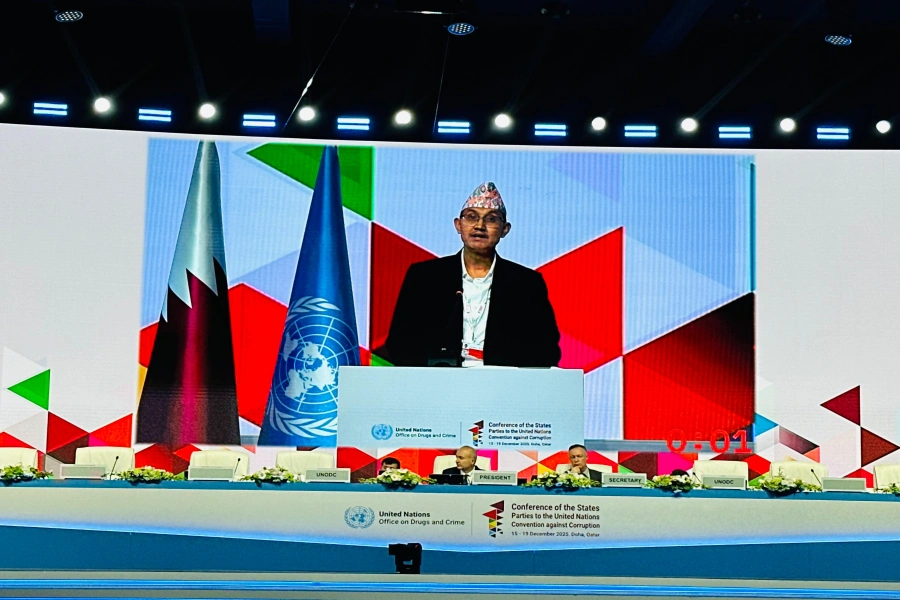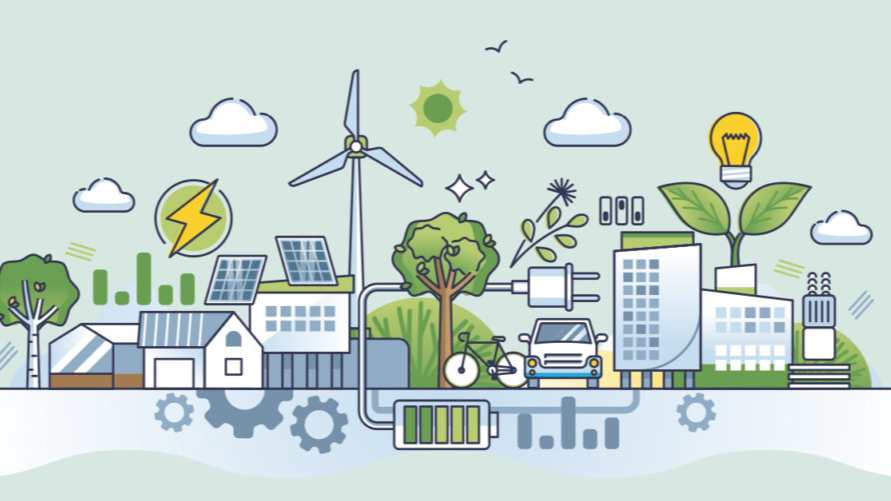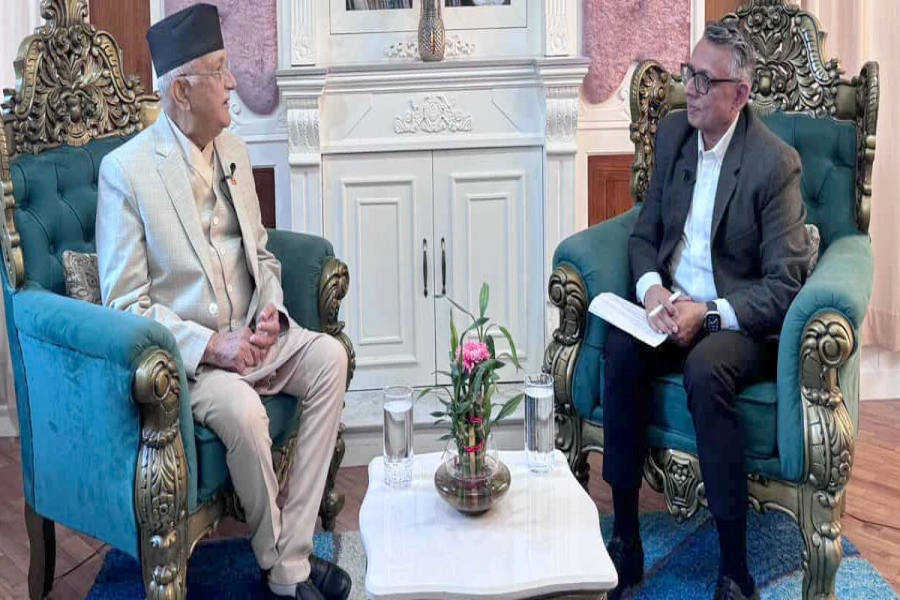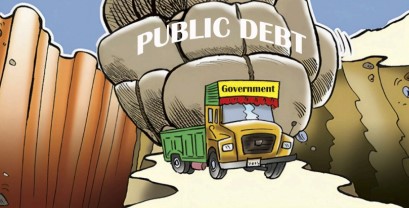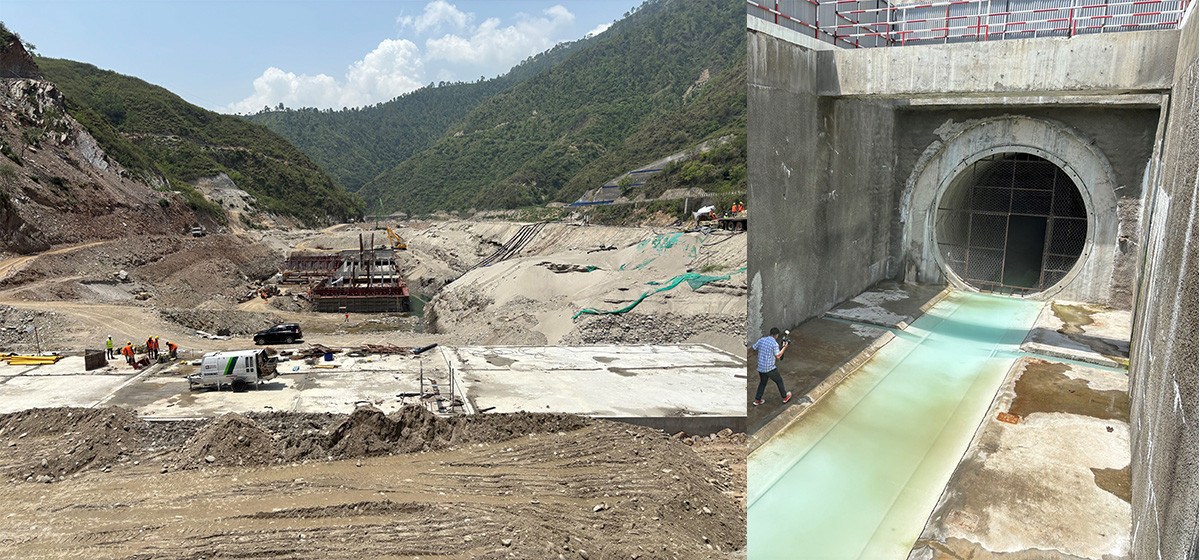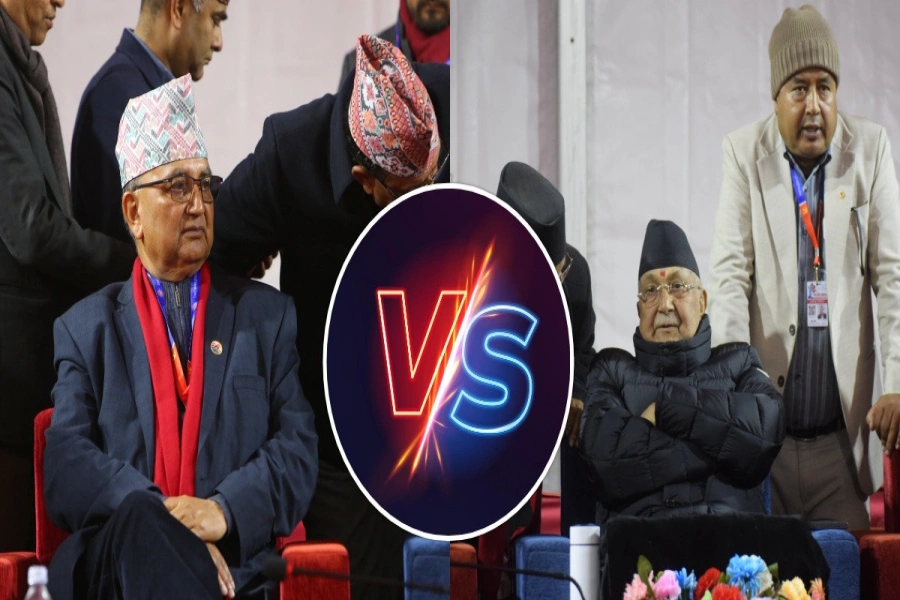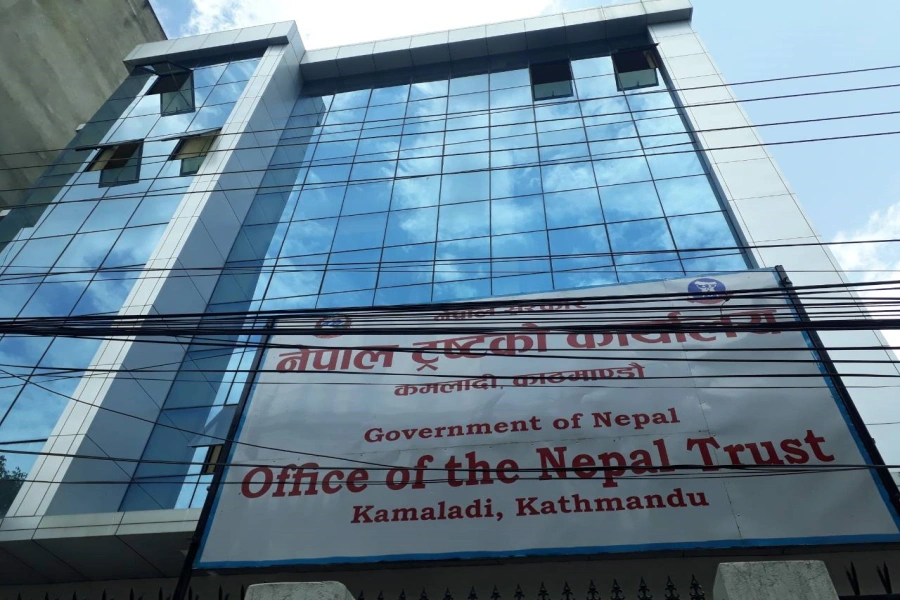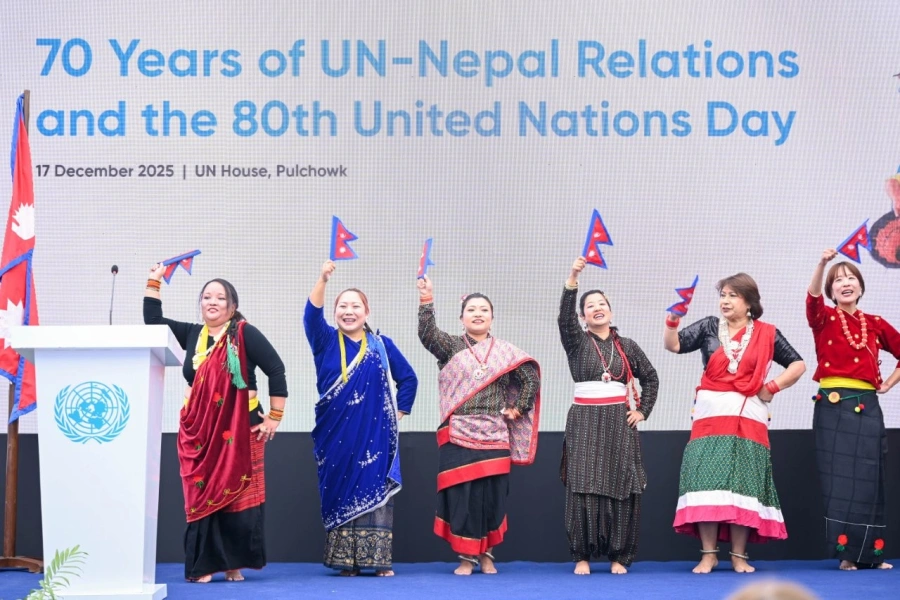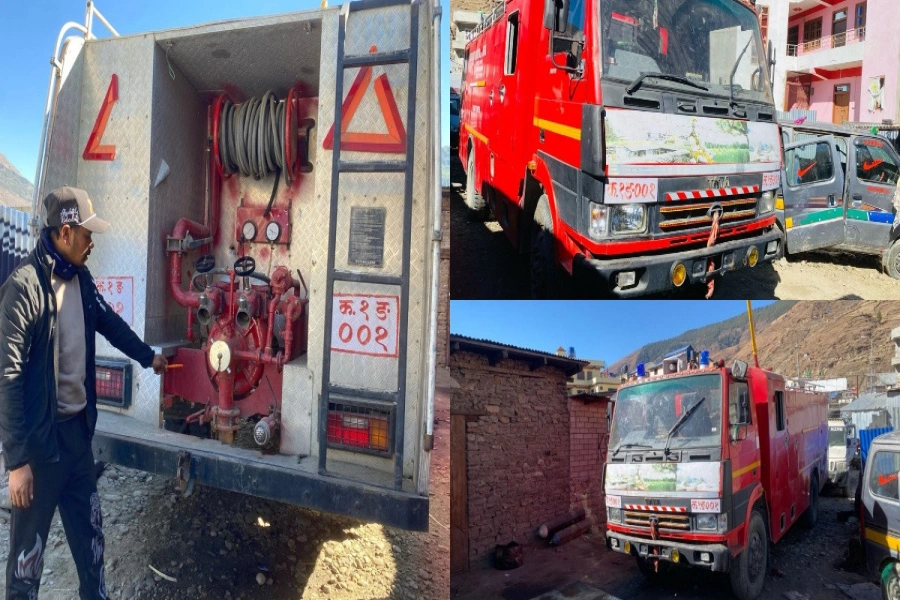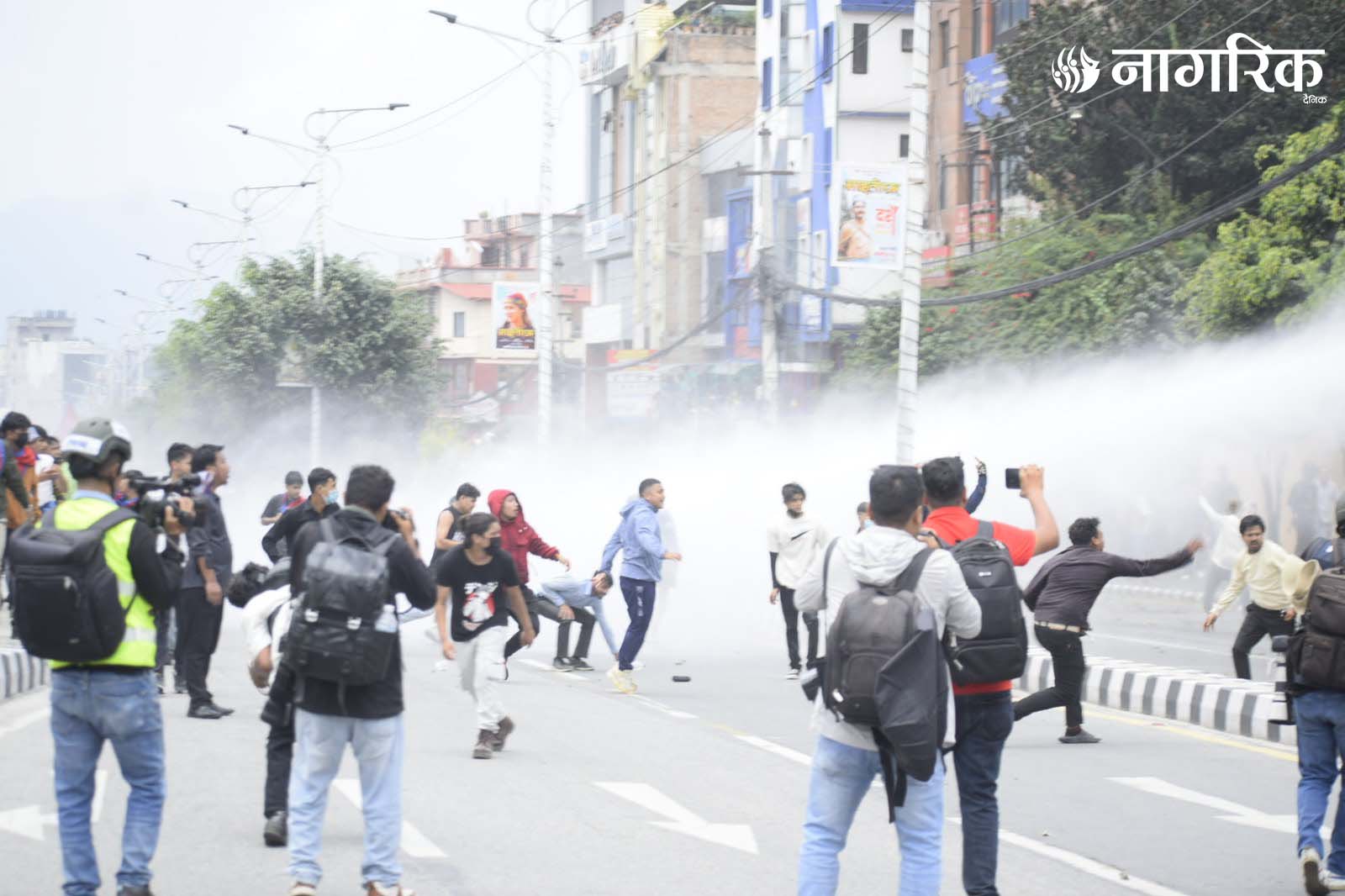Nepal's energy sector has undergone a remarkable transformation from chronic electricity deficits to emerging self-sufficiency, though deep-seated structural inefficiencies continue to constrain its optimal development. The sector's darkest hour came up to 2015 when households and businesses endured up to 18 hours of daily blackouts: a crisis born from generations of systemic underinvestment, bureaucratic inefficiencies, poor leadership among political leaders and an overreliance on seasonal hydropower generation without corresponding storage capacity. The watershed Electricity Act of 1992 initiated a paradigm shift by opening the sector to private investment, catalyzing over NRs 600 billion in capital mobilization and significant capacity expansion. Current government data from Economic Survey (2025) reveals an installed generation capacity of 3,602 MW, dominated by hydropower (3,336 MW) but increasingly diversified with solar (117 MW), alternative energy (90 MW), thermal (53 MW), and combined heat and power (6 MW) contributions. The private sector's emergence as the dominant force in hydropower development contributes for 61% (2,037.63 MW) of grid-connected capacity represents a fundamental restructuring of Nepal's power development paradigm.
The financial architecture of Nepal's energy transition reveals stark capital intensity variations across technologies. Hydropower projects demand NRs 200-250 million per MW, while solar and diesel thermal plants require NRs 60-80 million and NRs 120-140 million per MW respectively. While banking regulations mandate 15% of commercial loan portfolios target productive sectors including energy, the lack of sub-sector allocation specificity has resulted in uneven investment distribution. The sector remains hamstrung by politicized tariff structures and the Nepal Electricity Authority's monopolistic control, evidenced by regressive pricing mechanisms including flat NRs 150 service charges on domestic bills, literally no services rendered against charged at all, NEA acts as most autocratic - feudal agency that NEA an average NRs 6.6/kWh purchase rate from independent producers contrasted with NRs 9-12.5/kWh end-user tariffs. This antiquated market design landscape, devoid of competition or consumer choice, fundamentally contradicts contemporary energy market and economic principles that prioritize decentralized transactions, price transparency, and diversified market participation.
The Take-or-Pay Power Purchase Agreement model has proven instrumental in attracting private capital by ensuring revenue certainty for long-gestation projects, yielding tangible results including Nepal's first positive energy trade balance in FY 2023/24 (1,946 GWh exports worth NRs 17 billion versus NRs 16.9 billion imports). However, the persistent monsoon surplus (1,775 GWh exported in February 2025) versus dry-season deficit (991 GWh imported) paradox reveals enduring systemic weaknesses. Consumption patterns demonstrate growing energy intensity across industrial (2,608 GWh), residential (3,084 GWh), and commercial (568 GWh) sectors, supported by expanding transmission (6,745 circuit km of 66+ kV lines) and distribution (210,317 circuit km of ≤33 kV networks) infrastructure.
The Nepal Electricity Regulatory Commission (NERC), as the sector's designated regulator, holds a comprehensive mandate spanning tariff determination, licensing, consumer protection, and competitive market promotion including approval of significant Power Purchase Agreements, technical standard-setting, reviewing financial norms, cross-border trade facilitation, and dispute resolution. However, institutional capacity constraints and the continued dominance of line functionaries in decision-making have stymied market-oriented reforms, resulting in regulatory capture by vested interests rather than advancement of international best practices supported by energy economic principles. This governance failure has left Nepal's transition to a competitive, multi-buyer electricity market incomplete despite considerable technical progress.
The recent trilateral agreement to export 40 MW (144 GWh seasonally) to Bangladesh at USD 0.064/kWh (generating NRs 330 million revenue) demonstrates the untapped potential of regional power trading with an opportunity currently constrained by regulatory myopia rather than technical or economic limitations. This short-sightedness exemplifies how institutional sluggishness continues to impede Nepal from fully capitalizing on its strategic position in South Asia's emerging energy economy, where its hydropower resources could serve as a crucial balancing mechanism for regional demand patterns while generating substantial economic returns.
Understanding Stock Market

The Risky Appeal of Take-and-Pay Reforms
Our hydropower sector has experienced rapid growth, propelled by Independent Power Producers (IPPs) and facilitated by robust financing from Banks and Financial Institutions (BFIs). A key enabler of this expansion has been the Take-or-Pay (TOP) Power Purchase Agreement (PPA) model, which ensures revenue stability for power developers by obligating the off-taker to make payments irrespective of the actual electricity dispatched.However,proposed policy reforms for Fiscal Year 2082/83 signal a shift toward Take-and-Pay(TAP) PPAs, particularly during wet seasons when surplus generation overwhelms grid capacity. While intended to rationalize procurement in line with energy market realities and context, this transition threatens to undermine investment security and long-term sectoral sustainability, exposing a fundamental tension between market efficiency and developer confidence. Energy economics, as a discipline, grapples with the intricate interplay of production, distribution, and consumption dynamics, with pricing mechanisms serving as a critical analytical lens. The field examines how energy is priced, traded, and allocated, incorporating variables such as supply-demand fluctuations, technological advancements, and policy interventions. In a liberalized electricity market economy, energy economics plays a decisive role in shaping tariff structures, market behavior, and competitive dynamics. Nepal’s hesitant steps toward market liberalization parallel reforms in Britain, France, and Sweden, where marginal cost pricing and demand-responsive tariffs have gained traction. Yet, as economic theory and historical precedents illustrate, electricity pricing remains inherently complex, plagued by imperfect information, institutional inefficiencies, and political economy constraints, all of which distort optimal resource allocation.
The economist’s challenge, therefore, lies in navigating these constraints while advocating for pricing frameworks that reconcile efficiency with pragmatic feasibility. French tariff theory, for instance, pioneered sophisticated cost-reflective pricing models, yet these innovations remain inadequately disseminated among engineers, financiers, manager, and policymakers particularly in Nepal, where regulatory frameworks often prioritize accounting formalities over economic rigor by pleasing to selected politicians or developers or business houses. This disconnect is especially detrimental for developing economies like Nepal, where rigid, accounting-driven tariff structures exacerbate resource misallocation by neglecting true cost dynamics. A paradigm shift in pricing methodology is thus imperative one that critically reassesses traditional models while integrating contemporary economic principles to ensure Nepal’s hydropower expansion does not compromise long-term sectoral viability.
Balanced Path
Nepal's energy sector stands at a critical crossroads requiring nuanced policy solutions that carefully balance market liberalization with investment stability. A phased transition to hybrid power purchase agreements that combines guaranteed contract energy commitments under take-or-pay arrangements with flexible top-up provisions undertake-and-pay terms could equitably distribute risk between the Nepal Electricity Authority and independent power producers. This approach, modeled after South Africa's successful renewable energy procurement program, should be complemented by sophisticated demand-side management strategies including time-variable pricing and targeted industrial electrification initiatives akin to Thailand's electric vehicle promotion scheme. Such measures would optimize domestic consumption patterns while maintaining investor confidence in this capital-intensive sector.
The most transformative opportunities lie in regional energy market integration, which demands urgent progress on cross-border transmission infrastructure like the Butwal-Gorakhpur interconnector and establishment of a domestic power exchange synchronized with India's day-ahead market. These technical advancements must be paired with strategic investments in grid-scale storage solutions, particularly pumped hydro systems that can capitalize on Nepal's unique mountain topography. Fundamental to all these efforts is the depoliticization of energy governance through an empowered, technically competent regulatory authority that determines tariffs through transparent cost-based methodologies, insulating critical sector decisions from short-term political interference.
Nepal's hydropower resources hold profound geopolitical significance as South Asia undergoes its energy transition. With Bangladesh targeting 9,000 MW of clean energy imports by 2040 and India requiring grid stability solutions to support its expanding renewable energy portfolio, Nepal's potential to provide balancing power positions it as a key player in regional decarbonization efforts. Realizing this strategic advantage requires deliberate energy diplomacy that includes specialized trade envoys at each regional mission, setting up professionalized power trading institutions, and proactive engagement in regional energy cooperation frameworks. The policy choices made today will determine whether Nepal emerges as a renewable energy leader capitalizing on its natural endowment or remains constrained by institutional inertia. As regional energy demand patterns evolve and climate commitments intensify, Nepal's hydropower assets could either become engines of sustainable economic transformation or another chapter in the nation's history of unrealized potential, with ramifications extending far beyond its borders.
Sanjeev Pokhrel, an energy expert holding an M.Tech. in Energy from IIT Roorkee, India, spearheads the Water and Energy Consultant Association of Nepal (WECAN) as President. Dr Neupane, former Chairman of NEPSE and Board Director of Rastriya Banijya Bank (RBB), specializes in resource economics and sustainability science. Previously affiliated with the World Energy Council, Dr Neupane is now affiliated with Nepal policy research firm Baya Himalaya. Data sourced from Economic Survey (2025) of the Ministry of Finance and the Nepal Electricity Authority (NEA).




